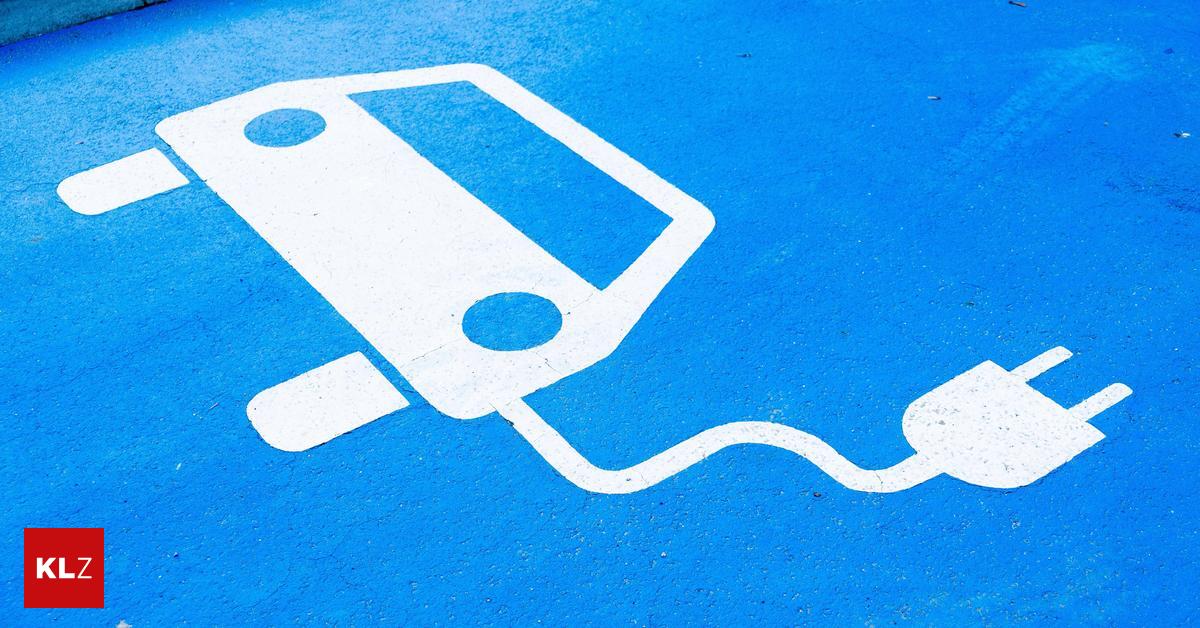Öamtc and Naf are conducting the world's largest electric vehicle range and charging test. Name: “BRICS”. This time 23 existing electric cars were tested. “We investigated whether and to what extent the actual range differs from the manufacturer's information. We drove until the battery was completely flat,” explains Florian Merker, who was directly involved in the testing.
Test procedures? In total, more than 1,000 meters of altitude were overcome in Norway, and the outside temperature ranged between -5 and -10 degrees Celsius – so the results are, according to the Öamtc broadcast, “quite relevant to Austrian conditions.”
Highlights: While deviations from WLTP are largely minimal in moderate summer temperatures (with some cars, you can even go beyond what the manufacturer stated), in extreme cases you should expect more than 30 percent less range in winter. .
Pop quiz winner
Merker gives two examples: “According to WLTP, the XPeng G9 has a range of 520 kilometers. In the summer practical test I managed approximately 590 km and in the winter only 452 km, which means the WLTP test achieves the average very well in this case. It's different with the Toyota bz4X AWD: its range was three percent less than the WLTP value of 460 kilometers in summer and about 32 percent in winter.
Öamtc explains the WLTP test procedure (Worldwide Harmonized Light Vehicle Test Procedure) as follows: “This is a procedure for determining consumption and emission values for passenger cars. The values determined on a chassis dynamometer are also often communicated in sales documentation – however, experiments and tests such as “El Prix” indicates that actual consumption sometimes differs significantly from WLTP measurements. For most test candidates, the winter range is between twelve and 30 percent above WLTP.
What Öamtc demands
So demands Merker, ÖAMTC technician: “Even if it is generally known that extreme temperatures have a significant impact on electricity consumption, both manufacturers and retailers must clearly indicate this fact.”
Results in detail? The HiPhi Z, still largely unknown in Europe, only ran out of steam after 522 kilometers in the Norwegian winter. “This means it was just under six percent of the WLTP test range of 555 kilometres, and is the clear winner of the test – no other candidate was able to outperform it, either in absolute terms or in terms of deviation from WLTP,” says Merker.
Another criterion, of course, is charging time: “Half of the test candidates needed less than 30 minutes to charge from 10 to 80 percent,” Merker says. “It has also become clear that larger batteries are not only about maximum range, they also charge faster.”

“Total coffee aficionado. Travel buff. Music ninja. Bacon nerd. Beeraholic.”







More Stories
Wolfsburg instead of Wörthersee: The first GTI meeting starts at Volkswagen headquarters
Pecco Bagnaia (Ducati): Testing on the new Panigale/MotoGP
From autumn onwards, U2 will be playing again at Karlsplatz.